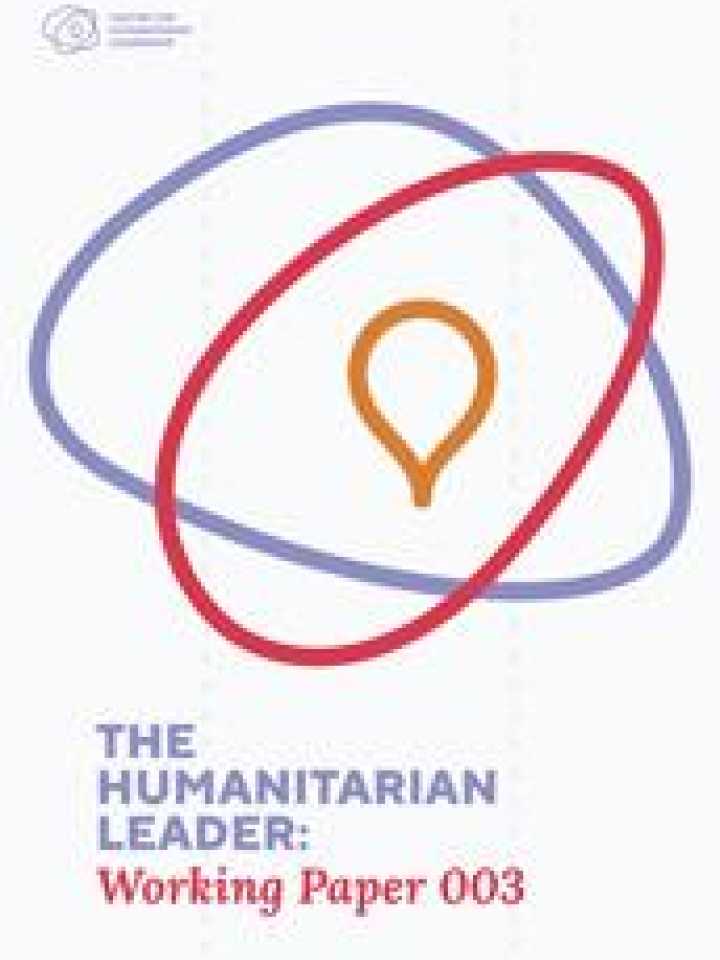Cause-specific mortality and natural disasters: The urgent need for change. Working Paper 003
Through a comprehensive analysis of mortality data, this paper shows that global disaster-attributed mortality is significantly underestimated.
Introduction
The global threat from natural hazard disasters is accelerating, driven by the earth’s deteriorating natural ecosystems, damaged physical environment, rapid urbanisation and population growth. Internationally agreed targets within the Sendai Framework for Disaster Risk Reduction (SFDRR) aim to halt the escalating risk and reduce disaster-related deaths and global impact.
Achieving SFDRR targets requires a robust estimation of global disaster-mortality and targeted health interventions so that people at risk are protected and their deaths are prevented. This study examined whether the information published in medical and scientific literature on cause-specific mortality was reflected in global data collection and reporting.
Method:
A literature review and analysis of disaster mortality reported in medical and scientific journals was compared with disaster mortality reported in three global disaster mortality database repository and reporting publications, including CRED, Swiss Re and ADRC.
Results:
Cause-specific mortality from natural hazard disasters has been studied, replicated and published for over 30 years in medical and scientific literature. Mortality-risk exists across a time continuum and includes causes not counted in global data or reporting practice.
Conclusion:
Global disaster-attributed mortality is significantly underestimated. Data systems restrict the collection of vital evidence about populations vulnerable to death from exposure to natural hazard disasters. Urgent action is required to remove barriers and develop targeted health interventions for vulnerable people that reduce mortality risk, save lives and achieve the SFDRR targets and Sustainable Development Goals on which they depend.
Explore further
